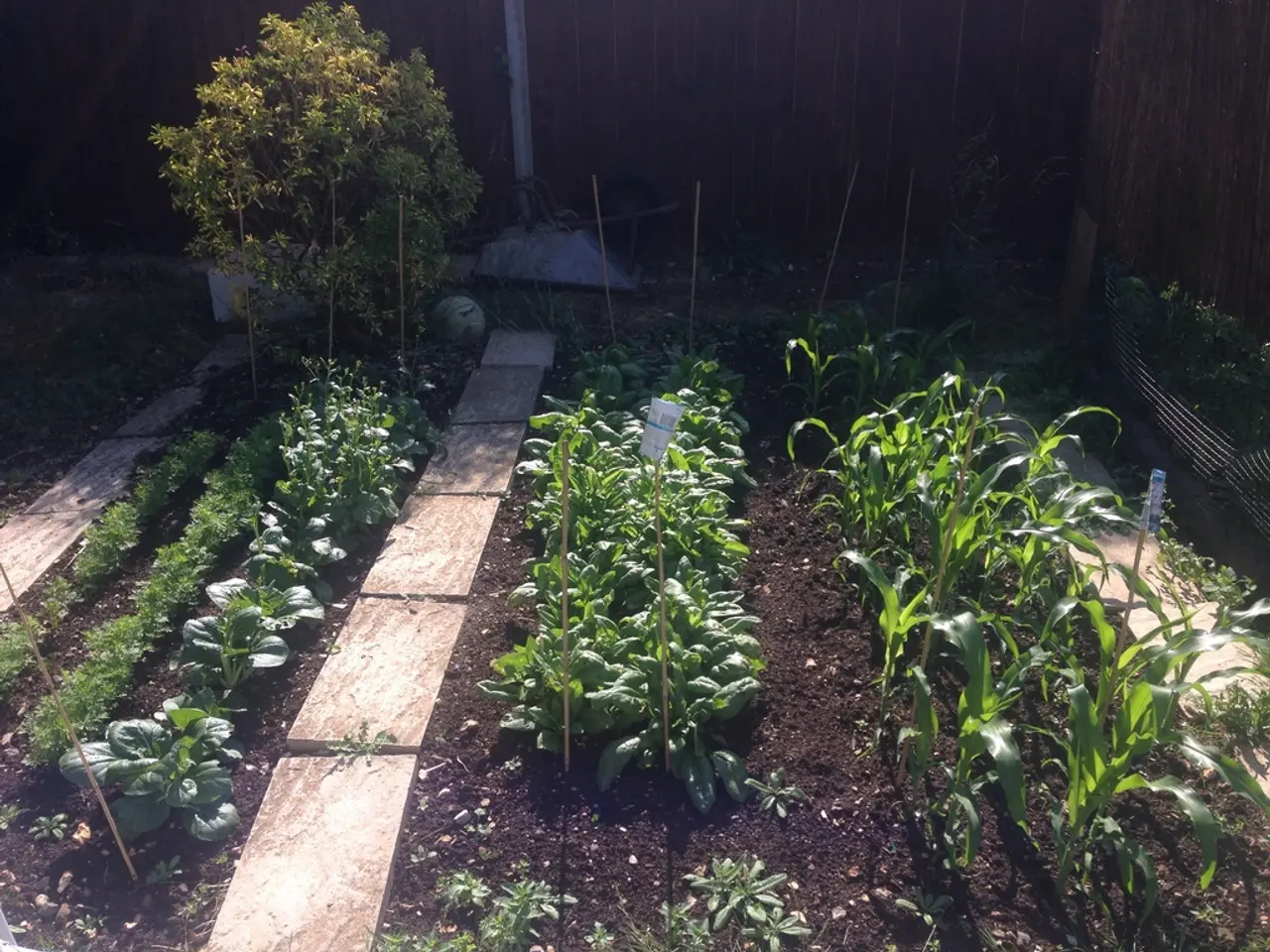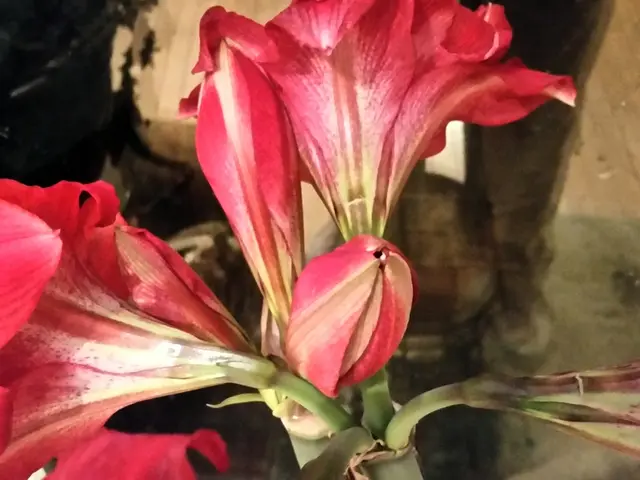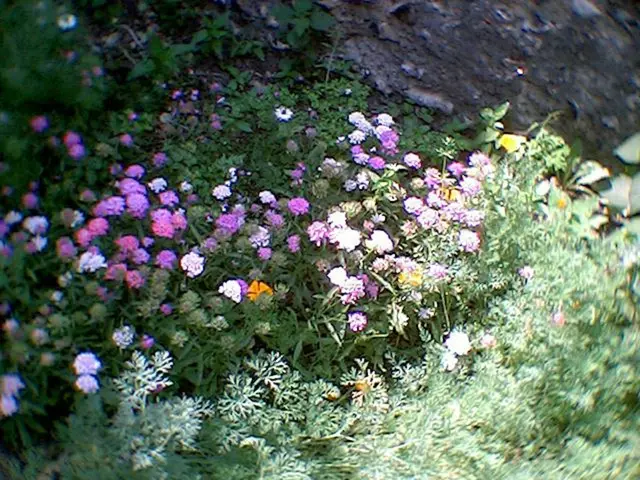Understanding Seeds: Crucial Facts to Enhance Your Plant Growth
In the fascinating world of botany, seeds play a crucial role in the life cycle of plants. These tiny structures, containing a plant embryo and food supply, are the keys to new growth. The specific germination requirements of seeds vary significantly based on their native terrain, reflecting adaptations to local climate, soil, and ecological conditions. Here's a guide to help you grow seeds successfully, tailored to different native habitats.
1. Seeds from Dry, Sunny, Well-Drained Terrains (e.g., White Sage)
Seeds such as white sage thrive when germinated in conditions that replicate sunny hillsides with quick water runoff. They often need warmth and light to germinate effectively. Fast-draining soil is essential, often sandy or with added perlite to mimic natural nutrient-poor, well-drained soils. Moderate moisture at germination, but once established, these plants require little watering, reflecting adaptation to dry summers. Mild climates with temperatures ranging from 40°F to 80°F are suitable; however, seeds from these terrains are sensitive to frost and cold, so indoor germination or protected outdoor sowing might be necessary in colder zones. Scarification (scratching the seed coat) aids germination by allowing water penetration, simulating natural abrasion in the wild.
2. Seeds from Temperate/Seasonal Zones with Frost (e.g., Hardy Hibiscus)
Seeds from perennials like hardy hibiscus do best when started indoors several weeks before the last frost (6-12 weeks), reflecting their seasonal growth pattern. Soaking seeds overnight and scarification of seed coats can improve germination rates. Well-draining soil is critical to avoid rot; seeds are sown about ½ inch deep. Maintain moderate humidity (around 60%) and provide full sun or grow-lamp light. Keep soil warm to about 60°F for germination. After sprouting, plants need gradual hardening off by exposing them to outdoor conditions, mimicking natural seasonal transitions. Avoid disturbing taproots during transplant to support strong growth.
3. Seeds from Regions with Cold Winters (Winter Sown Native Seeds)
Some native plants benefit from sowing outside in winter or early spring, allowing natural cold stratification to break seed dormancy. Seeds may begin sprouting at variable times depending on local exposure, temperature fluctuations, and container type. Keep soil moist but not waterlogged to encourage germination without rot. Seedlings need shelter from harsh weather and not to be exposed to full sun immediately after sprouting. Strong root systems with multiple branching roots 3-5 inches long indicate readiness for planting outdoors or transplanting. Depending on density, seedlings can be thinned or moved into pots to allow healthy root and shoot development before final planting.
4. Seeds of Wildflowers and Other Plants
Some wildflower seeds require soaking before planting. Clear the site of vegetation, scatter seeds on well-prepared soil, and keep the seedbed moist with light daily watering. Germination can take up to 21 days, depending on species. Many seeds need exposure to light or shallow sowing to germinate well.
A summary table of seed germination requirements by native terrain is provided below:
| Native Terrain Type | Germination Requirements | Soil Type | Watering | Temperature Range | Additional Notes | |---------------------------------|--------------------------------------------------|------------------------|---------------------------|-------------------------|-----------------------------------------------------| | Dry, Sunny Hillsides (White Sage) | Scarification, warmth, light | Sandy, fast-draining | Moderate initially, then low | 40–80°F | Low nutrients, avoid cold, indoor start in cold zones[2] | | Temperate, Frost Zones (Hardy Hibiscus) | Soaking, scarification, indoor start before frost | Well-drained potting soil | Keep moist, avoid excess | ~60°F soil, gradual hardening off | Avoid taproot disturbance, sow ½ inch deep[3] | | Cold Winters (Winter Sown Natives) | Outdoor winter sowing, cold stratification | Moist, well-draining | Keep moist, sheltered | Variable, patience needed | Protect from harsh weather, avoid full sun at seedling stage[1] | | Wildflowers | Soaking sometimes, scatter sowing | Prepared, weed-free soil | Light daily mist watering | Varies, up to 21 days germination | Clear existing vegetation, shallow sow[4] |
By mimicking these natural conditions as closely as possible, you can improve your chances of successful seed germination. Happy gardening!
- For seeds from sunny, well-drained terrains like white sage, it is crucial to replicate their natural habitat during germination. Sand or soil with added perlite can mimic the nutrient-poor, fast-draining soil they prefer, and warm, well-lit conditions help them germinate effectively.
- When growing seeds from plants native to temperate zones with frost, such as hardy hibiscus, starting them indoors several weeks before the last frost can promote successful germination. Scarification and overnight soaking of seeds are recommended, and you should avoid disturbing the taproot during transplant to support strong growth.








